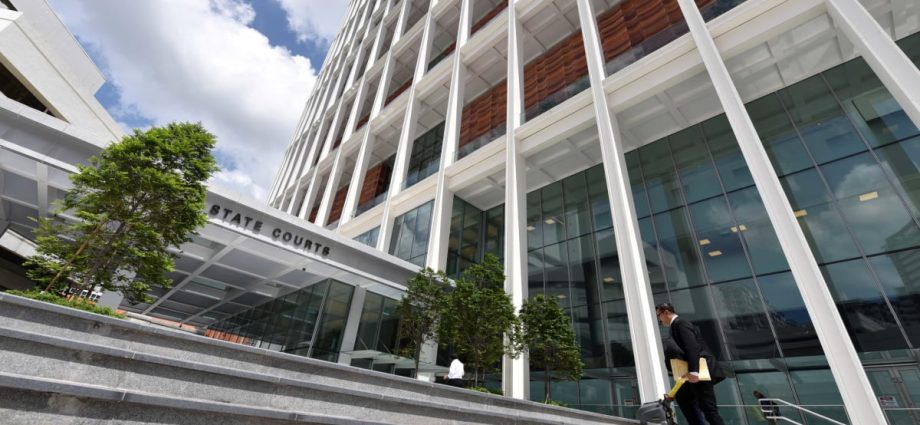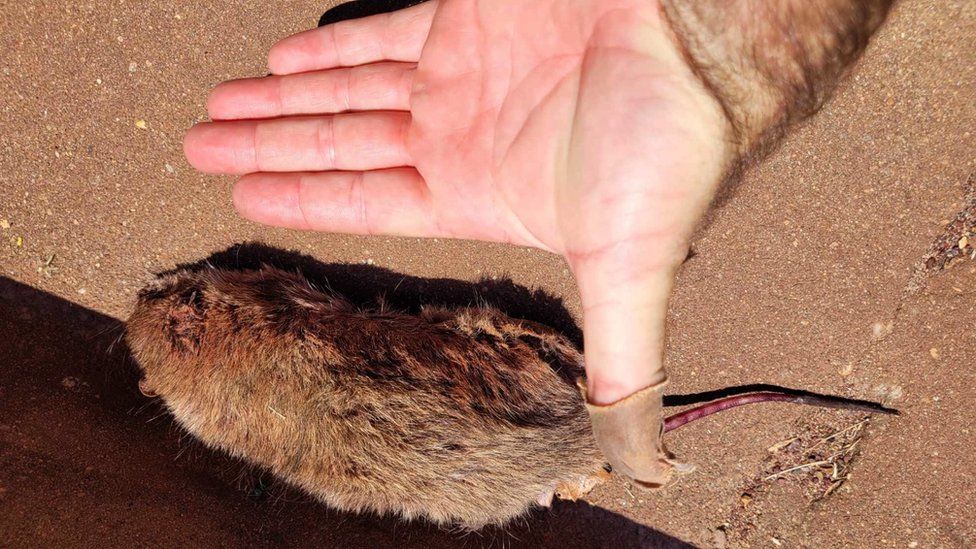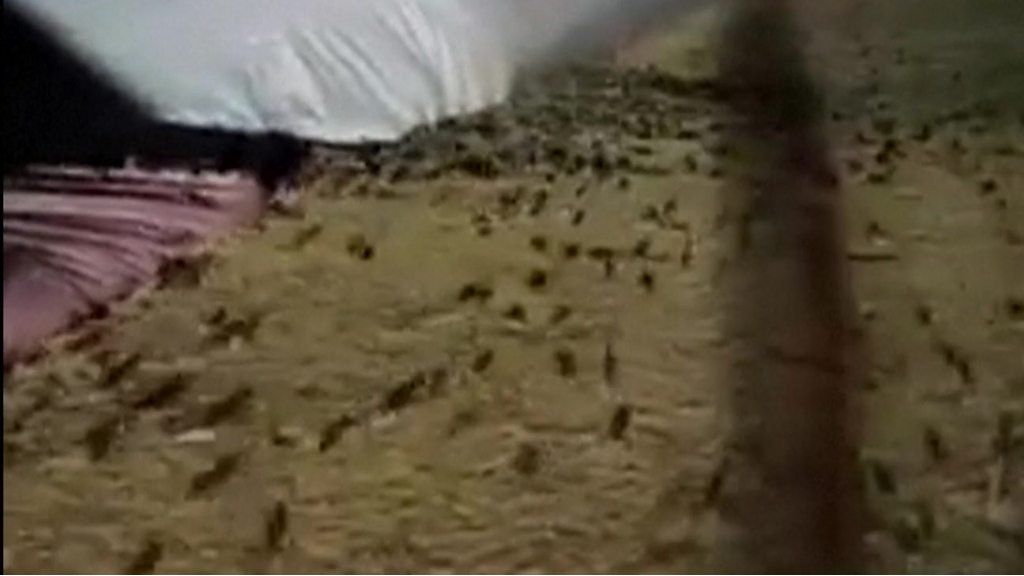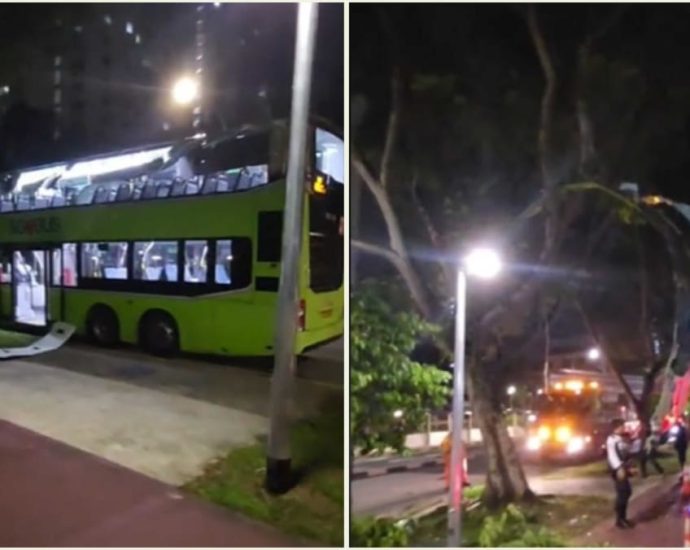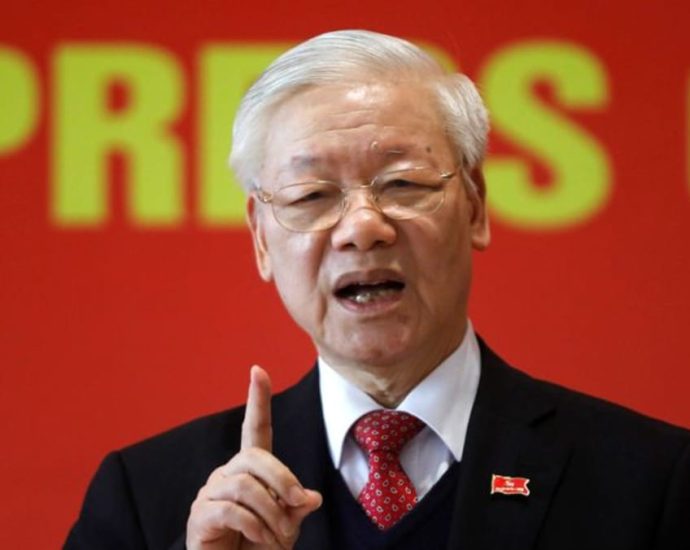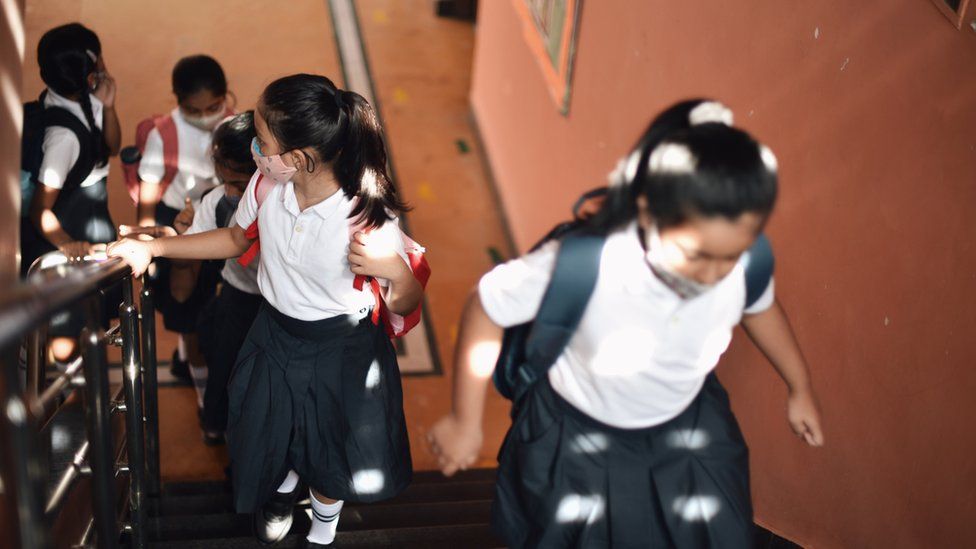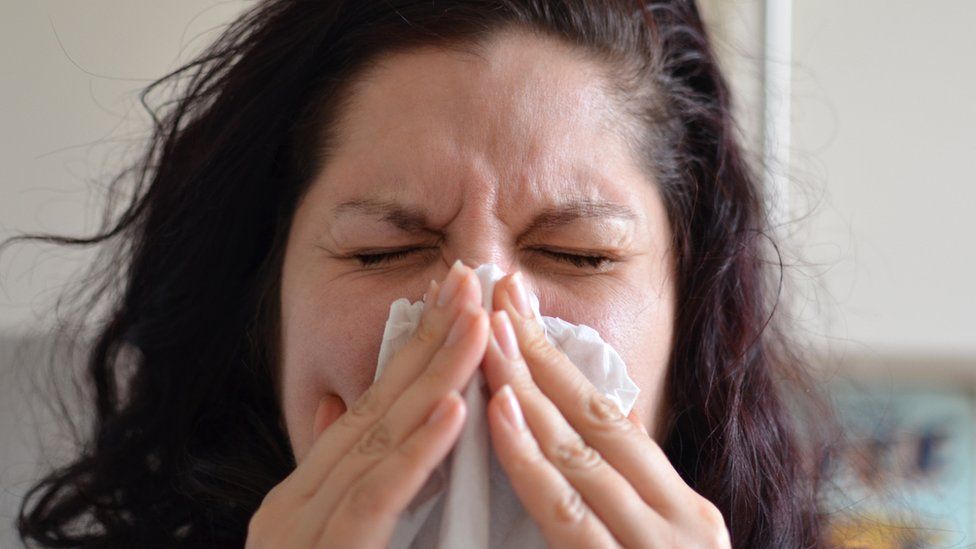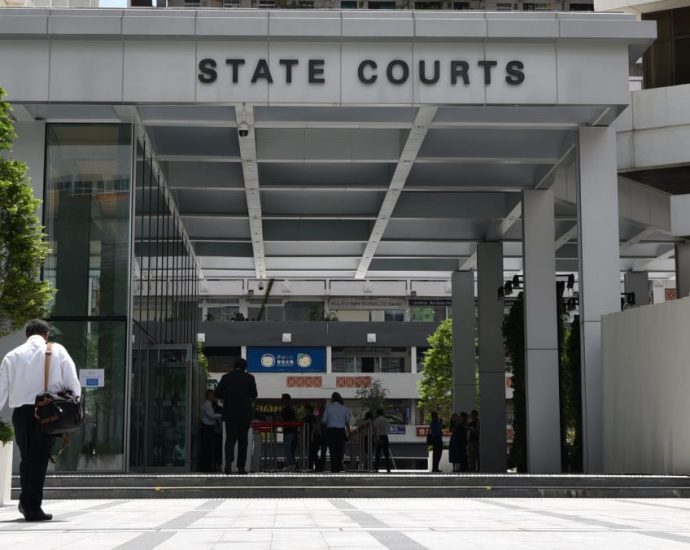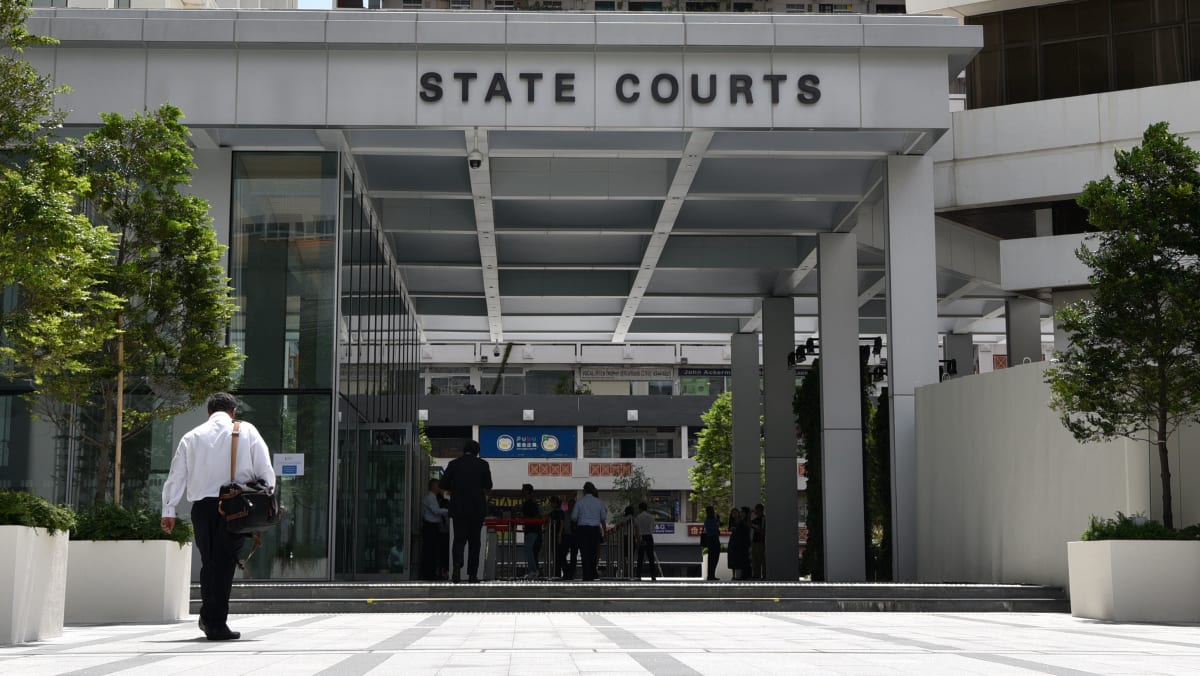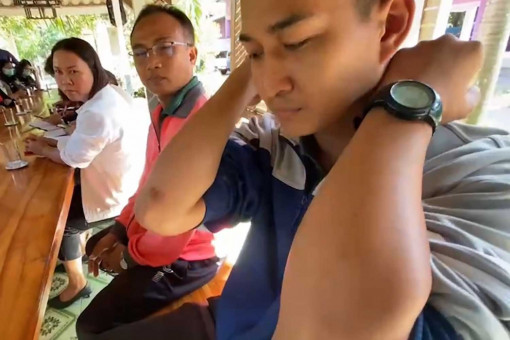Woman admits forging NTU engineering degree to trick 4 companies into hiring her
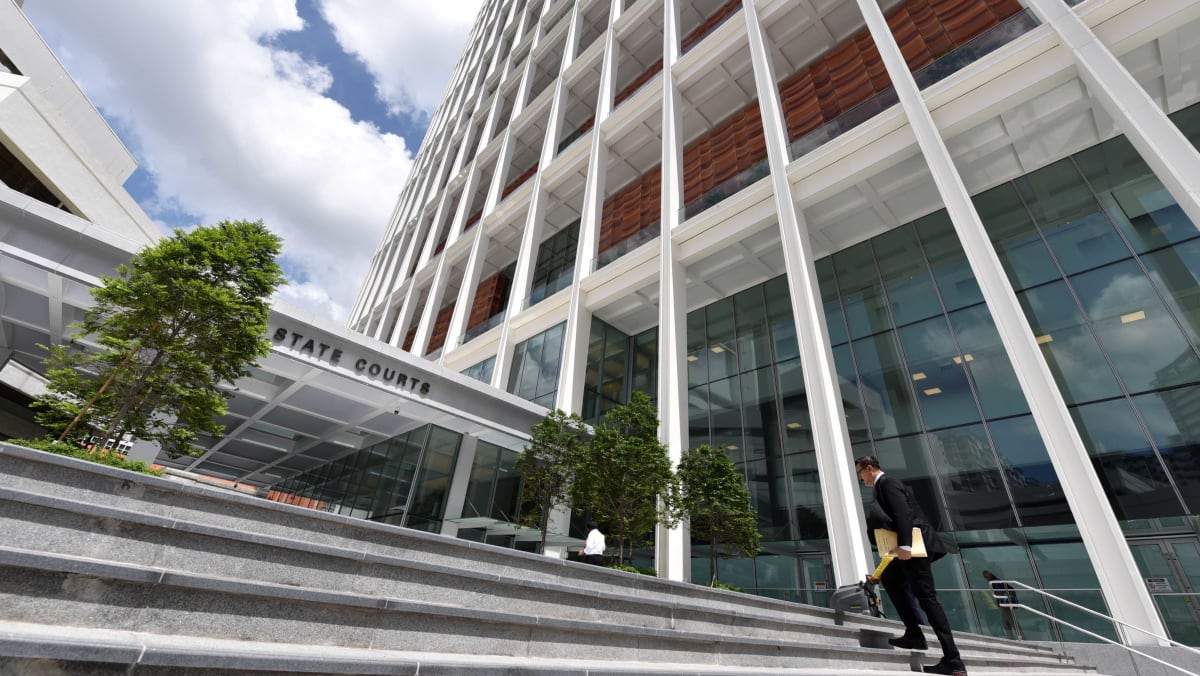
SINGAPORE: A woman forged a university degree and deceived four companies into hiring her for editing jobs that paid monthly salaries of between S$4,300 (US$3,200) and S$6,800.
Fonseka Wannerichega Hema Ranjini, a 44-year-old Singaporean woman, pleaded guilty on Thursday (Nov 23) to two charges of cheating and one count of forgery, with another two charges to be taken into consideration.
The court heard that Fonseka had matriculated at Nanyang Technological University in 1998 to study mechanical and production engineering. However, she struggled academically and with tuition fees, so she withdrew from the programme in 2004.
A year later, she forged a certificate and printed it on cardstock paper before laminating it. This gave the impression that she had a Bachelor of Engineering degree from NTU with third-class honours. Her actual highest academic qualification was the A-Levels.
Fonseka then applied for jobs using the forged document, hoping that a university degree would result in higher salaries. In August 2005, she found a job as an assistant managing editor at Marshall Cavendish Education that paid S$4,200 a month.
She later became an acquisition associate with the same company from November 2012 to 2013, earning the same salary.
The Marshall Cavendish job was not included in the list of companies she cheated in court documents, although she had used the forged certificate in her job application.
In June 2015, Fonseka sought to switch jobs and applied for a job at Scholastic Education International (Singapore), a publisher and distributor of books and educational materials. She used the forged certificate again in her application and was hired as an assistant managing editor for S$4,300 a month.
She worked in this role from July 2015 to June 2016, after which she was promoted to managing editor with a pay bump of S$300. However, the company fired her in February 2017 for unsatisfactory work performance. In total, Scholastic Education had paid Fonseka about S$83,800.
A representative from the company later confirmed that there was a minimum qualification requirement of a Bachelor’s degree for the roles Fonseka had held.
This meant that the company would not have employed her if they had known she did not have a degree.
In 2021, Fonseka submitted a job application to The Walt Disney Company (Southeast Asia), which hired her as a learning editor in publishing from June to December that year.
Her monthly salary was S$6,800, with an additional transport allowance of S$1,084 a month, resulting in a total of S$7,884. She received around S$47,300 from the company during her employment there.
After Fonseka started working with The Walt Disney Company, the company sent her certificate to be validated by a third-party vendor specialising in background checks.
The vendor sent a request to the Office of Academic Services in NTU to validate Fonseka’s forged certificate.
When NTU confirmed that they had not issued the certificate, but that Fonseka had withdrawn from the university in 2004, the vendor informed The Walt Disney Company.
Fonseca was asked to explain herself. She first claimed that she had withdrawn from NTU in her final year but had the certificate issued on her request for paperwork to prove that she had been enrolled at the university.
She said that she was unaware that the certificate was invalid.
An NTU employee lodged a police report over the certificate, and Fonseka tendered her resignation to The Walt Disney Company in December 2021.
A representative from the company similarly said they would not have employed her if they knew about her lack of qualifications.
Apart from Marshall Cavendish Education and The Walt Disney Company, Fonseka had also cheated Cengage Learning Asia and Oxygen Studio Designs into hiring her. They paid her around S$190,500 and S$25,400 during her employment with them.
She will return to court for mitigation and sentencing in December. For each count of cheating, she can be jailed for up to three years, fined, or both. For forgery, she faces a fine and up to seven years’ imprisonment.

